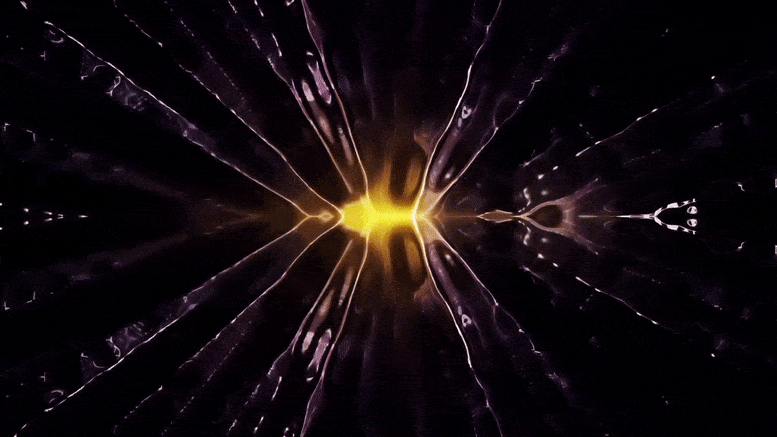Scientists at the University of Colorado Boulder have tapped into a poltergeist-like property of electrons to design devices that can capture excess heat from their environment — and turn it into usable electricity.
The researchers have described their new “optical rectennas” in a paper published today (May 18, 2021) in the journal Nature Communications. These devices, which are too small to see with the naked eye, are roughly 100 times more efficient than similar tools used for energy harvesting. And they achieve that feat through a mysterious process called “resonant tunneling” — in which electrons pass through solid matter without spending any energy.
“They go in like ghosts,” said lead author Amina Belkadi, who recently earned her PhD from the Department of Electrical, Computer and Energy Engineering (ECEE).
